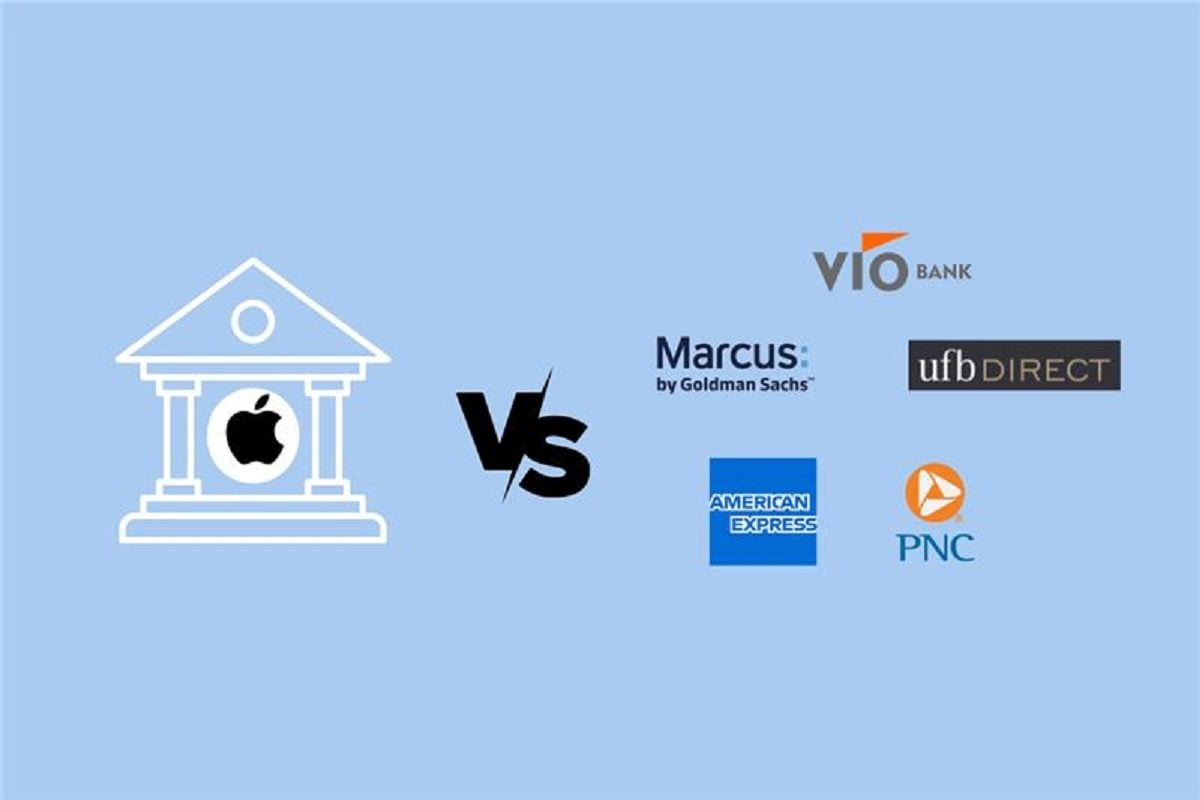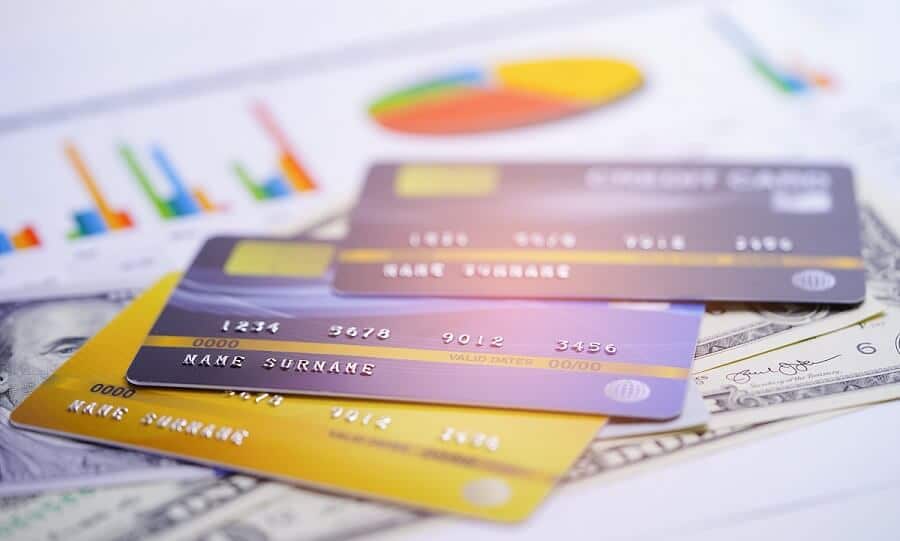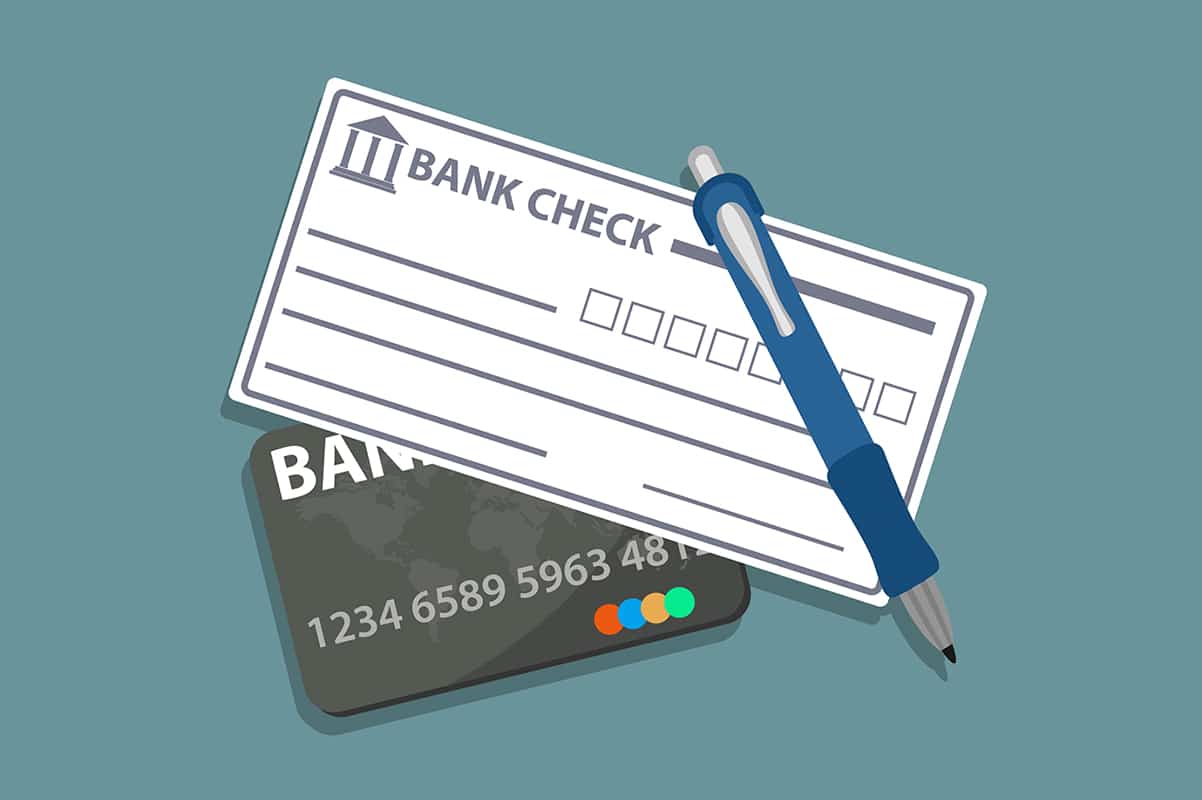
A cheque is a document utilized to make safe, secure, and hassle-free payments. Primarily, it can be defined as the paper instructing the bank to withdraw a specific amount of money from the individual owning the account to another individual or company’s account you named in the ‘Pay’ column. An individual needs to enter the name of an individual or the company in whose name they want to issue the cheque. Without any further delay, let us discuss what is Bearer Cheque?
Whether you have a savings account or a current account, it is a form of a negotiable instrument that guarantees the specific amount of payment to the bearer of the instrument. The account holder must enter the party’s name to who they want to make the payment; the next thing is to mention the amount, date, and sign it. The bank ensures all the details are filled in; only then make the payment to the person (payee) from your account.
Table of Contents
What is a Bearer Cheque and Order Cheque?
Types of Cheques
There are various types of cheque books depending upon the type of account you have. Listed below are some types of cheques that you should know about:
1. Bearer Cheque: A bearer cheque is the one in which the payment rights are exclusive with the cheque holder, which means the person who is carrying the cheque at that time is entitled to get the payment. These cheques are transferable only by delivery.
2. Crossed Cheque: A crossed cheque is crossed with two parallel lines at the top-left corner of the cheque. You may have also noticed ‘a/c payee’ written above these lines signifying the payment will be transferred to the bearer’s bank account whose name is written on the cheque. Crossed cheques are safer than bearer cheques as they can only be encashed at the payee’s bank.
3. Order Cheque: When the word ‘Or Bearer’ is canceled, and the name of the individual or a firm is specified in the ‘Pay’ section, it becomes an order cheque. Primarily, the role of this cheque is to ensure the payment is made to the right person.
4. Post-Dated Cheque: As the name suggests, a cheque becomes post-dated when a drawer writes the date which is yet to come to the date on which it is presented to the bank. Post-dated cheques have validity for six months from the date of the cheque.
5. Open/Uncrossed Cheque: A cheque can be considered an open/uncrossed cheque when a drawer puts his signature on the cheque’s front and back. This cheque can be presented in any bank, and the payment will be made to the payee. Moreover, an open cheque is transferable, too, from the original payee to the other payee.
6. Banker’s Cheque: The bank issue these cheques to pay for remittance purposes. These cheques are either acquired from the bank or provided to a customer of a bank. Bankers cheques are also called non-negotiable instruments as no bank is allowed to dishonor these cheques.
7. Traveler’s Cheque: Some travelers carry these cheques while they are o vacation instead of carrying hard cash. The ones carrying traveler’s cheques encash it from the local bank in the country’s currency they are traveling to. These cheques have no validity and can be used for future trips.
8. Stale Cheque: Stale-cheques are the ones that are already expired and are no longer valid. The banks do not accept these cheques as payments cannot be withdrawn from stale cheques. Instead, the ‘stale cheque account’ may be created, and the amount is debited in the bank book. Till the fresh cheque is issued, the ‘stale cheque account’ will not be debited.
9. Self-Cheque: Self-cheques can only be withdrawn from the account holder’s bank. It is simple to identify whether it is a self cheque or not. If you see the word ‘Self’ in the Pay column of the cheque, this means it is a self-cheque.
10. Mutilated Cheque: When a cheque is torn into 2 pieces, such cheque is known as Mutilated Cheque. The bank only makes the payment and honors the cheque after getting confirmation of the drawer.
Also Read: List of Scheduled Banks in India
1. What is Bearer Cheque?
A cheque is called a bearer cheque when ‘or Bearer’ written on the cheque is not canceled. The bearer cheque is also known as the carrier cheque.
Bearer cheques are usually used for cash transactions and are withdrawn by the individuals carrying the cheque and presenting it to the bank. This bearer cheque does not require the account holder to sign at the back part of the cheque.
By now, you would have got a brief idea about what is bearer cheque is. The best part about these cheques is banks need no authorization from the account holder or the issuer before making the payment to the bearer if the bearer is carrying the required documents such as identity proof. Bearer cheque proves to be beneficial unless it gets stolen or handed over to any unwanted person.
2. What is Order Cheque?
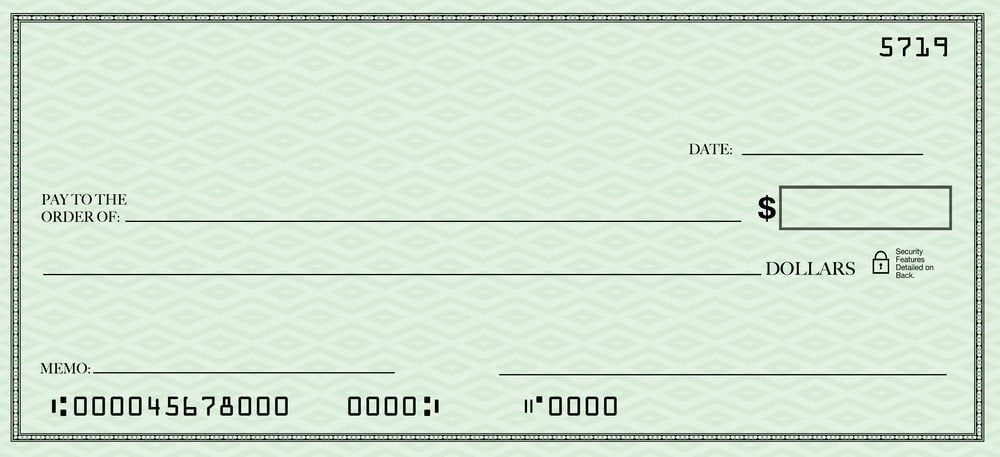
A cheque is considered to be the Order Cheque when ‘Or Bearer’ words are canceled and ‘Or Order’ is written on the cheque. This type of cheque can be withdrawn in cash by a specific person on whose name the cheque has been drawn. The cheque receiver only needs to show his identity to the bank by submitting a document to prove he/she is the same person whose name is written on the cheque.
How to Write a Bearer Cheque?
Do you want to know how to write a bearer cheque? We have made it a little easy for you by demonstrating the Bearer cheque sample below:
- This cheque does not contain the name of the payee or bearer. Thus, the drawer must write ‘Self’ or ‘Pay to The Order of Cash’ to carry on the transaction through this cheque.
- The date on which the cheque is issued needs to be mentioned.
- Mention the amount you want to pay to the bearer in the ‘rupees’ section, in the numbers and words. Also, do not forget to write ‘only’ in the ‘words’ section and put ‘/-’ at the end in the ‘rupees’ column.
- The last and the most crucial step is to sign the cheque above the ‘Authorized Signatory’ section matching the specimen signature recorded in the bank.
- It is also important to note that you are not signing on the MICR band.
- Never leave any space in between the Words, Rupees, or Pay column as fraudsters get a chance to commit fraud. To help you understand with an example, just check out the image below:
In this type of cheque, the fraudster could easily use the spacing between ‘Seven’ and ‘Thousand’ and add a stroke ‘0’ in the Rupees column. This way, they get a chance to counterfeit.
Also Read: How to write a Cheque in India?
Who can withdraw the Bearer Cheque?
There is no name mentioned on the bearer cheque, so the individual presenting the cheque to the bank for encashment is only liable to get the entire payment.
Withdrawal Rules On Bearer Cheques
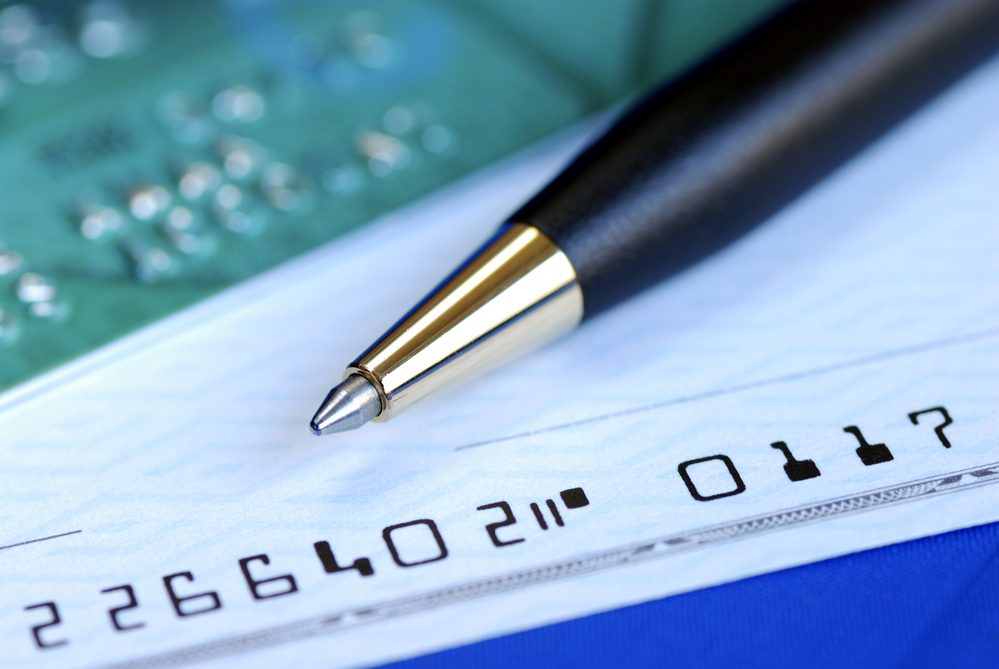
Handling bearer cheques are not very safe as the name is not mentioned on these cheques. This implies if the cheque is lost and the person who finds it gets entitled to receive the payment from the bank.
To restrict the usage of this cheque and make them more secure, banks have executed a certain set of rules for withdrawing money through bearer cheques. These rules are mentioned below:
- If the bearer cheque presented by an individual exceeds Rs. 50000, the bank always asks for that person’s identity proof before disbursing cash. It happens if the individual presenting the cheque is not the account holder. However, if the amount is less than Rs. 50000, the bank may or may not ask for any address proof even if the person is the non-account holder.
- The Reserve Bank of India has made it mandatory for all the banks and cautioned them while encashing bearer cheques. According to RBI, the banks must insist on the KYC verification of the customer before processing a transaction through bearer cheques.
- The bank has no right to insist on the presence of the account holder if it is ‘Bearer’ or ‘Self’ cheques unless time prevails.
- In case the individual presenting the bearer cheque in the bank is not carrying any address or identity proof, the bank can make the payment above Rs. 50000 only after granting official permission from the bank manager. In this situation, the bank manager inquiries from the account holder by contacting him and only then allows the transaction to occur.
Can a Bearer Cheque be cashed from any bank?
Yes, the presenter of the cheque can visit any bank branch in the country, and the bank cannot deny making the payment to the person presenting the cheque. The only thing to ensure is that the individual must go to the same bank branch that the cheque belongs to.
Also Read: Banking System in India Explained
Is there any Withdrawal Limit for Bearer Cheques?
No, there is no withdrawal limit on bearer cheques. However, if the amount is above Rs. 50,000, the bank asks for an ID and verifies the person’s identity in whose name the cheque has been issued. Once the verification is completed, the bank hand over the amount to the person presenting the cheque or the bearer.
Cash Payment of Bearer Cheques
The banks are liable to pay the person on whose name the drawer draws the cheque. That’s why banks always get the bearer to sign the back of the cheque as a token of having received the amount written in the cheque. This activity was promoted to reduce the cheque fraud that was happening earlier and helped minimize sharp practices.
Which cheque is better, bearer or order? (Bearer cheque vs. Order cheque)
- A bearer cheque is the one in which the word ‘or bearer’ is canceled. On the contrary, If the word ‘or bearer’ is not canceled, it becomes an order cheque.
- Bearer cheque is paid to the person presenting the cheque in the bank, while the order cheque is paid to the payee on whose name the cheque is made. Although, for order cheques, it is not mandatory for the payee to personally submit the cheque to the bank.
- The bank may ask for the ID proof of the presenter of the cheque as proper verification is done in case of bearer cheques. Moreover, the receiver needs to sign the back of the cheque once they receive the payment. While, for order cheques, the payment is made to the specified person who is entitled to receive the payment as the name of the individual is already mentioned on the cheque.
- Bearer cheque can only be transferred by delivery. However, order cheques can be transferred by both, that is, endorsement and delivery.
Note: All in all, it cannot be predetermined which cheque is better. As it depends upon the nature of the business and the purpose of using the cheque.
What are the Reasons for Dishonour of Cheque?
Dishonor of cheque is considered to be a criminal offense and is a punishable act. If your cheque bounce, you might get imprisoned for up to 2 years or penalized with a heavy amount. It can also damage your credit history immensely.
Thus, you should be cautious, and knowing why the dishonor of cheque happens, is imperative not to let these things affect your reputation and finances. Your cheque can be dishonored due to multiple reasons, including:
- If there are insufficient funds in the holder’s account.
- If the name of the person is not written immaculately or it is left blank.
- If the cheque is overwritten.
- No room for mistakes/alterations on cheques.
- The signature should match with the specimen signature kept by the bank.
- If the signature is absent.
- If the amount written in the ‘Words’ column does not match what is written in the ‘Amount’ section of the cheque.
- If your account number or name is not clearly visible on the cheque.
- If the high court instructed the bank to restrict the payment of the cheque.
- If the Payee’s/Drawer’s account is closed or not operational.
- If the date is incorrect or mentioned more than 3 months before.
Also Read: The Charges & Penalty under Cheque Bounce
So, what is a bearer cheque? This question has so many answers in this guide. Also, we have explained the steps signifying how to write a bearer cheque? Once you start using these cheques, you will need not look at this bearer cheque sample.
A study was conducted in India demonstrating that the customers are shifting over to faster and digital payment methods from the past couple of years. Now, they can transfer the money from anywhere in the world simply by following a few steps and a clicking button; why would they still use cheques in 2021. this decline reflects changes in the payment market as a result of technological change.
However still, many companies/businesses/organizations still use cheques with many convenient benefits.
You may also check out how to make online money through the list of articles we have posted on our website. You can check out the most effective ways and review us if those ways work for you.
